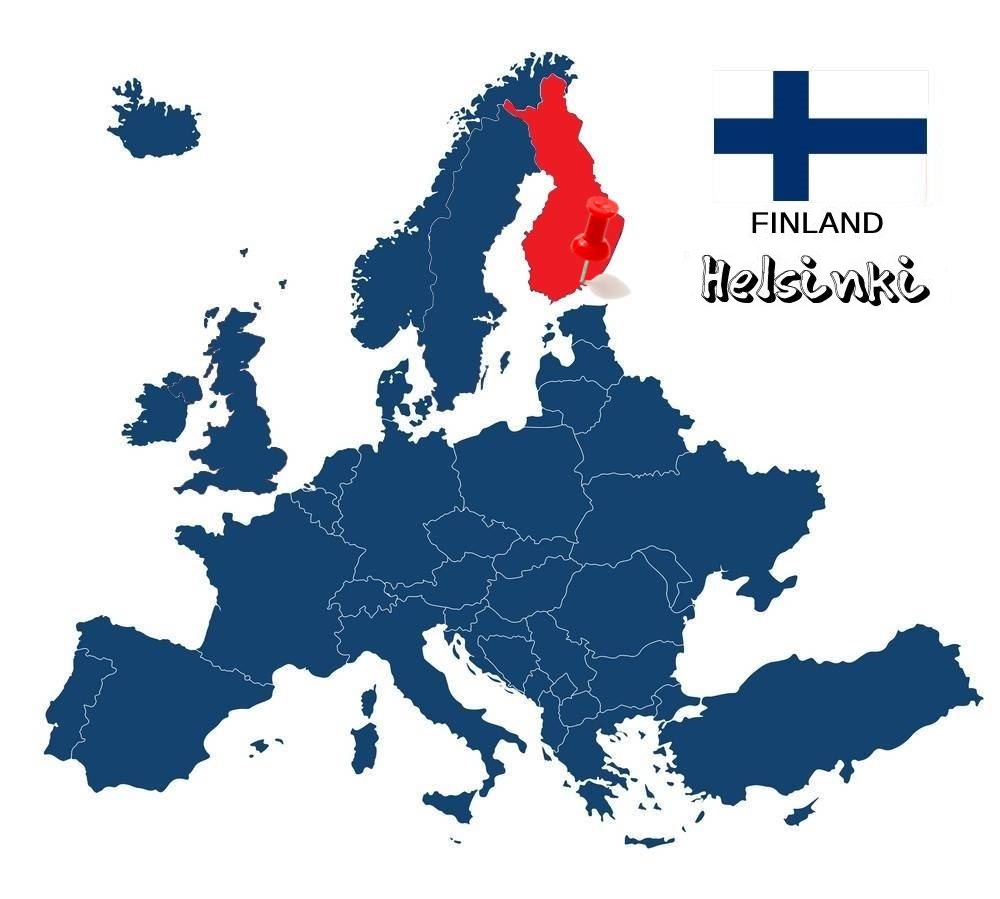
Cold and snow might be the first thing that comes to mind when you hear about Helsinki, but the atmospheric capital of Finland has some interesting surprises! History, nature, architecture and design combine harmoniously in a city with a special charm, waiting to be discovered!
A few words about the city
Helsinki is the capital of the "Land of a Thousand Lakes", Finland and its largest city. It is located in the southern part of the country on the coast of the Gulf of Finland, with the population in the city reaching 975,000 inhabitants, while in the wider urban area 1,249,820 inhabitants. The city was originally founded in 1550 by the Swedish King Gustav I under the name Helsingsfors, and over the years it came to possess its current name. It is a modern city, with characteristic Scandinavian architecture, wide streets and many beautiful natural landscapes. If you love the cold and Christmas, then Helsinki is the perfect city for you and I'll try to help you get to know it better below.
Helsingin tuomiokirkko
If we were looking for the most famous sights of Helsinki, I think the city's Cathedral (Helsingin tuomiokirkko) would easily be at the top. An all-white masterpiece, with five green domes, one large and four smaller, built in a neoclassical style. It is located above the Senate Square (Senaatintori) and is the central stage of all national and academic celebratory functions. This Evangelical Lutheran Church was designed by Karl Ludwig Engel and was originally constructed from 1830 to 1852 as a tribute to the Grand Duke of Finland, Tsar Nicholas I. On its roof there are sculptures of the Twelve Apostles, who guard and protect the city. The interior, on the other hand, although minimal, is impressive, while of particular interest is the fact that it is estimated that it is visited by over 350,000 believers and tourists annually! From September to May admission costs 5e, while from June to August the price goes up to 8e.
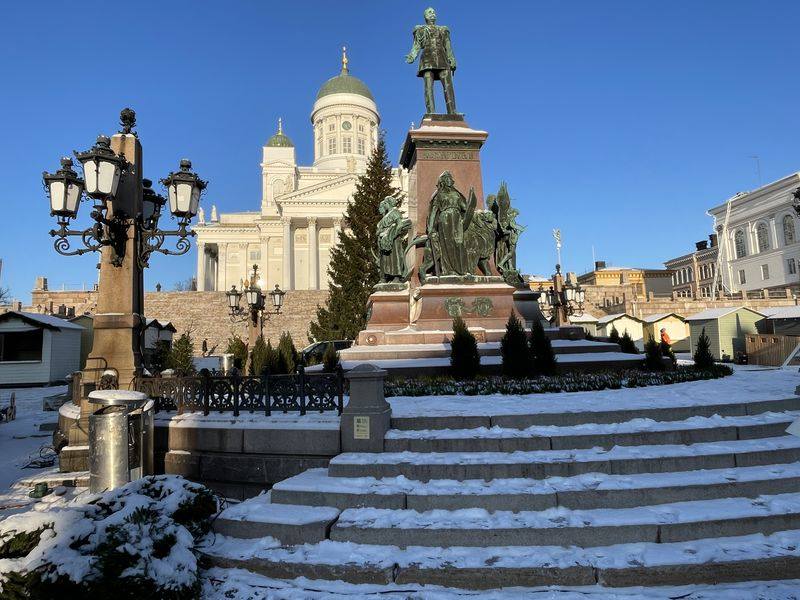
Temppeliaukio kirkko
The second church that you should not miss while you are in the city is the Lutheran Temple Tempeliaukio (Tempeliaukio kirkko). It will be one of the most special temples you will ever visit in your life, since it is literally built inside a rock! This is why it is also known as the Church of the Rock or Stone Church. It is the inspiration of Brothers Timo and Tuomo Suomalainen, which was commissioned in 1969! But what makes it stand out is its impressive copper roof, along with its 180 windows, which let the light in and create a special aesthetic. According to the creators, this light-shadow game subjects the visitor, removing him from any visual contact with the outside world! In fact, thanks to its unique acoustics, the Tempeliaucio Temple is often used for concerts and concerts! Admission costs 8e.
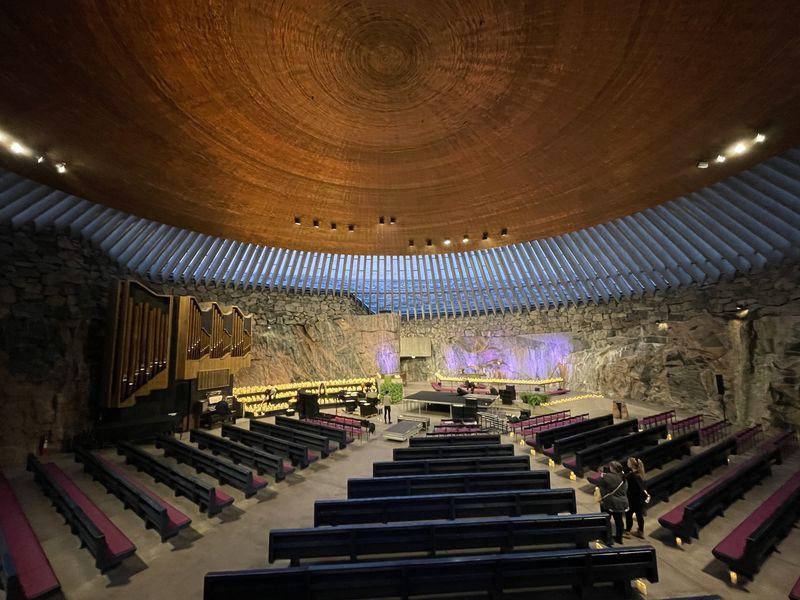
Uspenskin katedraali
We continue our tour of the city's churches and the Uspenskin Cathedral (Uspenskin katedraali) is next. It is a Greek Orthodox Church, the largest of its kind in Northern Europe, which is dedicated to the Assumption of the Virgin Mary. With its golden domes and red brick facade, the church is one of the clearest symbols of the Russian impact on Finnish history! It is located on the slope of a hill, near the port, from where the visitor can enjoy the view of the city. Its name comes from the old Slavic word uspenie, which means the assumption, and it was designed by the Russian architect Alexei Gornostev, while it was built after his death in 1862-1868! In the temple there are many valuable icons, including the iconography of St. Nicholas of the Wonderworker, which was stolen in 2007 and is still being sought! Entrance to the temple is free!
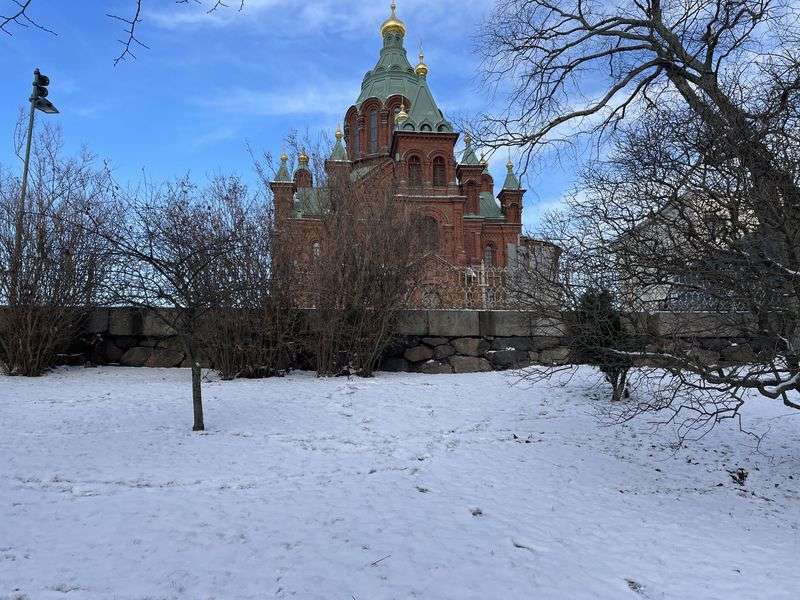
Kamppi Chapel
And I close my reference to the religious buildings of the city with the undoubtedly most particular of them. I refer, of course, to the Kamppi Chapel, which in no way resembles an ordinary temple. The Temple of silence, as its nickname is, was designed by architects Miko Shumanen, Nico Sirola and Kimmo Lindula, and was given to the public in February 2012! It is located in one of the most central and busiest parts of the city, in a corner of Narinkkatori Square, at the entrance of the Kamppi shopping centre. The aim of the initiators was to create a place for a small “break” and a few minutes of absolute silence in the modern and stressful rhythms of life! The interior of the chapel is very minimal, while photos, videography and noise are prohibited! Admission is free!
Helsingin päärautatieasema
Helsinki Central Railway Station (Helsingin päärautatieasema) is another landmark of the city that you should not miss! It is a huge and highly impressive building, which is a pillar of transportation for Helsinki and by extension the whole of Finland! Trams, intercity trains and the city's metro connect there, and it is also a terminal for many bus lines! Of particular interest is the fact that it is estimated that over 240,000 people use it daily! The first station in the city was created in 1860, while the building we see today is a design by Gottlieb Eliel Saarinen, which was completed in 1919! Of course, since then it has received many renovations, but its original form has never been altered! During your stay in the city it is almost certain that you will use some form of transport to get you there, but even if you don't, don't miss the opportunity to tour this unique building!
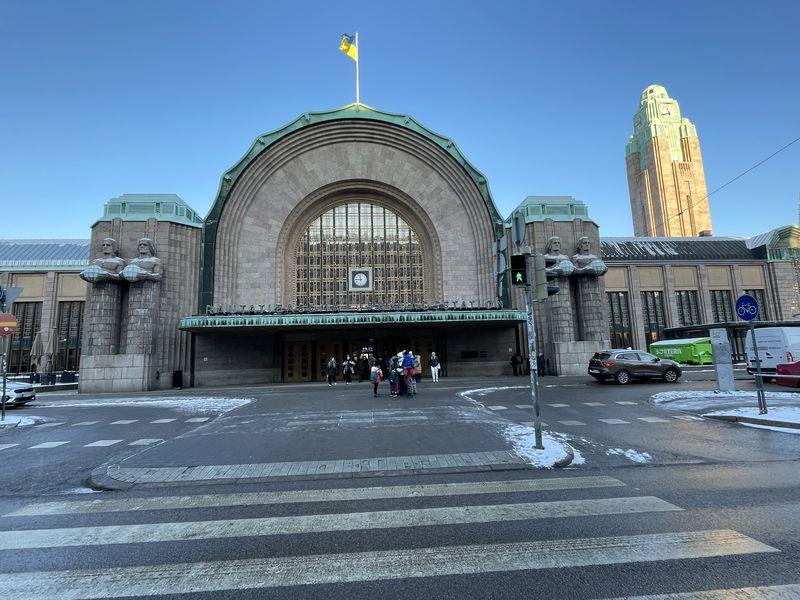
Gamla saluhallen
The old food market (Gamla saluhallen) is located in the port of the city and has been serving its customers since 1889! It is also a very charming building, but it is highly renovated and filled with local delicacies and delicacies. More specifically, inside the Old Market you will find dozens of restaurants and shops selling all kinds of local products. Salted and smoked fish, cold cuts, cheeses, caviar, pies, pastries and soups are just a few of what you can taste there. A trademark dish on the market is, of course, salmon soup with potato, while reindeer meat soup is equally popular!
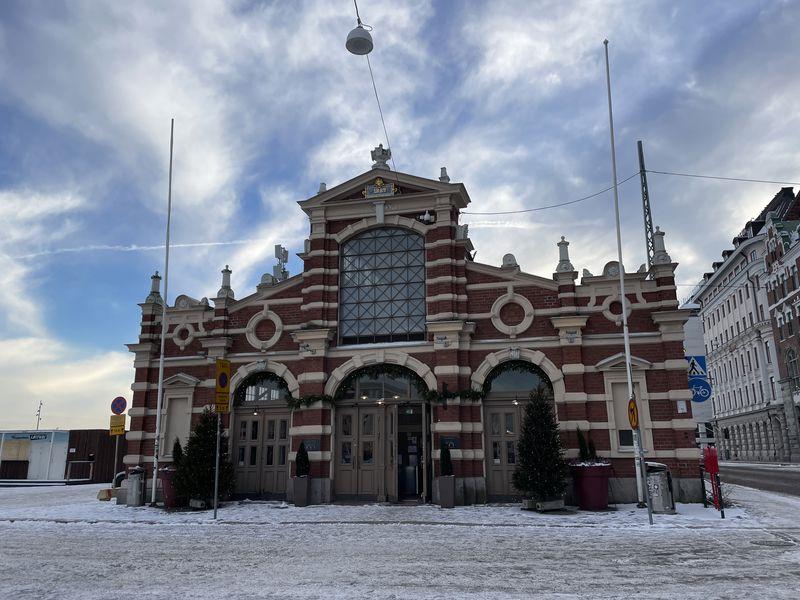
Sibelius-monumentti
The monument to the world-famous composer Jean Sibelius (Sibelius-monumentti) is today one of the most famous sights of the city. It is located in the homonimus Sibelius Park (Sibeliuspuisto), in the Töölö district and was designed by Eila Hiltunen in 1967! This particular work of art caused quite a reaction when it was initially revealed due to the artist's particularly modern approach for the time. The monument is made of welded steel with over 600 pipes and with the bust of the composer on one side! Of particular interest is the fact that a smaller version of this monument, the Homage to Sibelius, is located at the UNESCO headquarters in Paris! Of course, there is no cost if you want to visit this particular place!
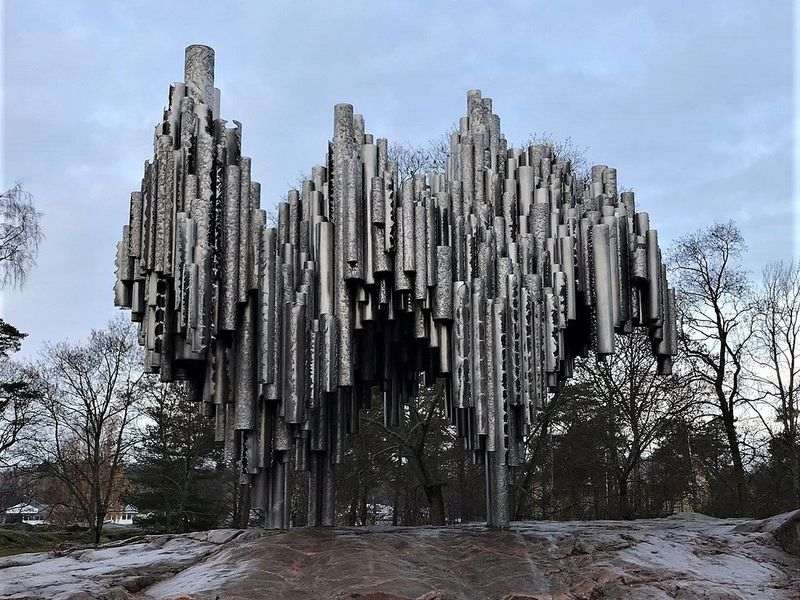
Suomenlinna
One of the most special experiences one can experience while in Helsinki is to visit the Suomenlinna sea fortress, which is included in the UNESCO World Heritage Sites! It is an 18th-century castle and nature reserve, spanning between six connected islands. The fortress was shaped by three historical eras when it helped defend initially Sweden, then Russia, and finally Finland. There are six kilometers of walls, 100 cannons, fascinating tunnels and beautiful parks. Moreover, in Suomenlina you will find interesting museums and quality restaurants, while various events are constantly taking place! The approach is quite easy, since throughout the year there are ferries, starting from the Market Square and ending in 15 minutes at the fortress. In addition, private cruises take place every day, both to the castle and the surrounding islands! There is no entry fee for the fortress, but you will need to pay a ticket if you want to visit one of the six museums!
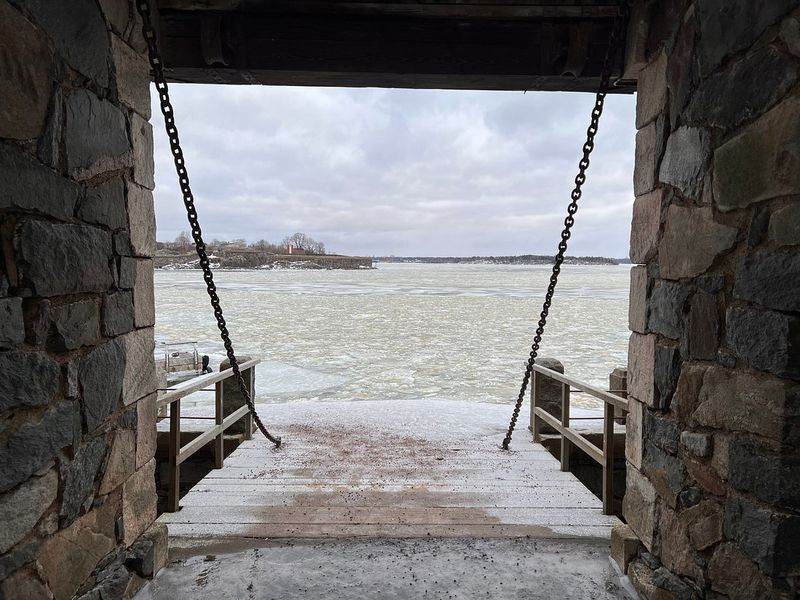
Museums
In Helsinki there are many museums and art galleries that deserve your attention. The first one I recommend visiting is the National Museum of Finland (Suomen kansallmuseo), which houses a number of priceless finds that describe the history of the place from the Stone Age to the modern period. The entrance costs 14-18e depending on the period you visit.
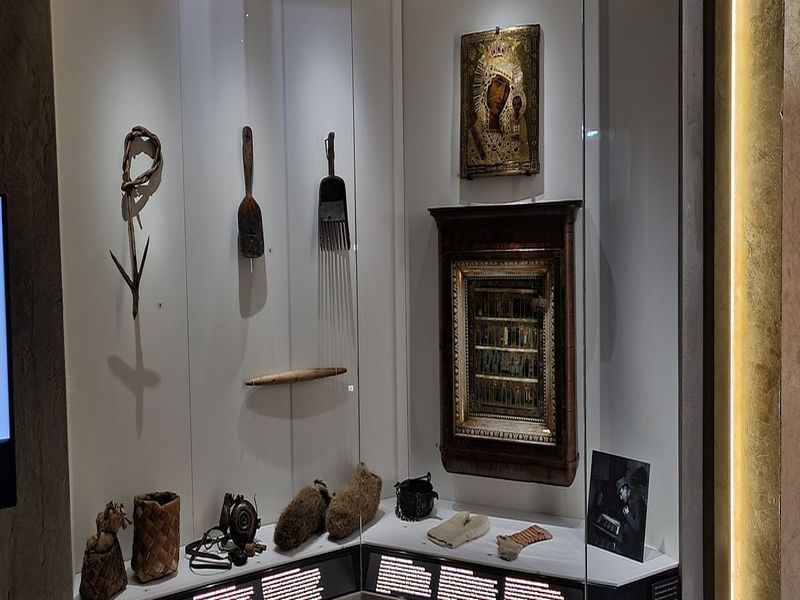
Equally interesting is the Kiasma Museum of Contemporary Art or simply Kiasma. Kiasma is the Finnish word for the Chiasma effect, which is an ”X“ that forms at the bottom of our brain, where the two optic nerves cross each other. It has quite a futuristic image and composition, while it hosts a wide range of artists and projects, which will show you a different perspective of things. Admission costs 22e.
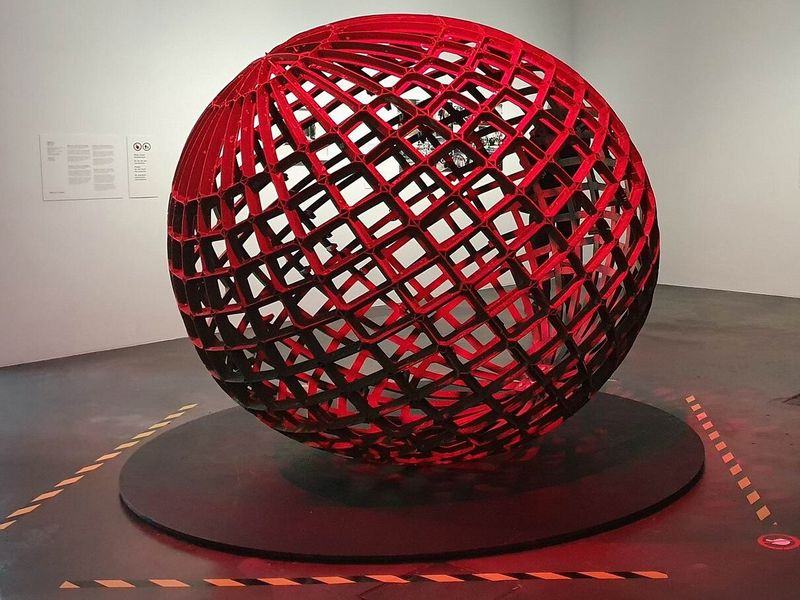
The Amos Rex Museum is an art museum, named after the publisher and patron of the arts Amos Anderson, located in Lasipalatsi, Mannerheimintie Avenue. It opened in 2018 and quickly became popular, attracting more than 10,000 visitors within a few weeks. There you will find various interactive exhibits, which encourage visitors to interact and explore the environment, creating different visual effects. The entrance costs 20e.
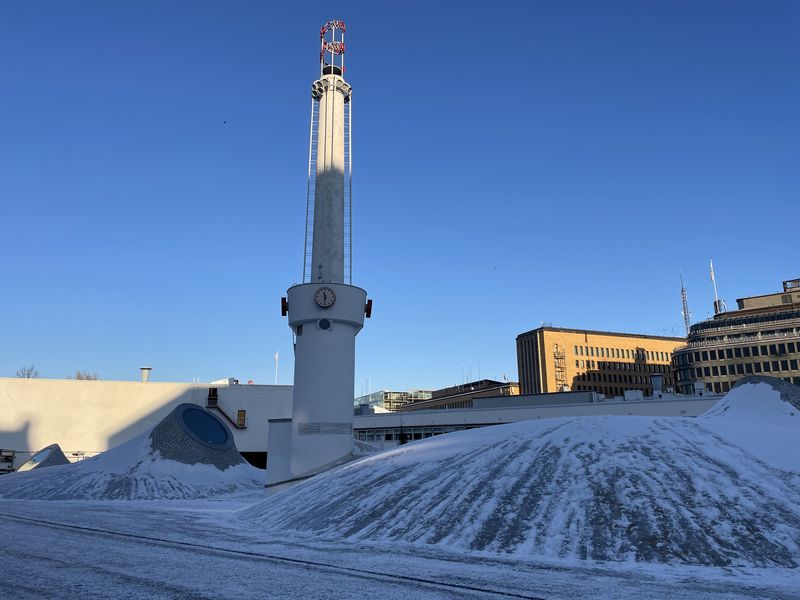
Finally, don't miss a visit to the Ateneum Art Museum (Ateneumin taidemuseo) and the Helsinki Art Museum (HAM Helsingin taidemuseo). The first is one of the three museums that make up the Finnish National Gallery and has the largest collections of classical art in Finland. The Helsinki Art Museum, on the other hand, contains over 9,000 works and is responsible for many more which are displayed in public spaces such as parks, streets, schools and libraries! Entrance to the first costs 22e, while to the second 18.00e.

How to go
Thessaloniki is connected by air with Helsinki and Helsinki International Airport via Ryanair. With proper planning one can find tickets starting from 96€ round trip. But if you want a more comfortable flight, you can choose a combination of Aegean and Norwegian flights with a stopover in Athens, from 289€ round trip.
Where to stay
In Helsinki, as in all Scandinavia of course, accommodation is expensive. What we call value for money does not exist, as all hotels are overpriced. So my suggestion is Omena Hotel Helsinki Lonnrotinkatu, a self check-in hotel in the city centre, with spacious, clean and fully equipped rooms.
How to move
Helsinki has an excellent public transport system, including buses, trams, metro, suburban and ferries. The public transport ticket is a single ticket, meaning you can use it for everything and it costs 3.10e. What you need to know is the tickets are almost entirely electronic and you have to buy them in advance via the HSL app, machines are only available at metro stations!
What to eat
Finnish cuisine has many influences from Russian, Swedish and Hungarian traditions. Fish, meats, potatoes and fruits (especially berries) are the basic raw materials for most of the country's recipes. Naturally, in winter, food is heavier and fattier due to the polar cold. Some of the most traditional dishes of the country are salmon soup (lohikeitto) and generally salmon, smoked trout, salted herring, perch and muikku, stuffed pies with rice (karjalanpiirakka), cinnamon roll (korvapuusti), reindeer meat, and finally in some restaurants you will find bear meat! As for drinks, Finland is famous for its vodkas, while the locals drink a lot of tea, coffee and hot fruit juices (usually from blueberries). To taste the local cuisine I suggest visiting the Old Market and for good coffee or snacks Café Eliel!
Useful information

In Helsinki we travel with a new type of Passport or Police ID, where the details are written in Latin characters.
In Helsinki the language used is, of course, Finnish. But the majority, if not all, speak English, so ask for clarification in English.
The currency of the country is of course the Euro.
Helsinki has the same time as Greece (GMT +3).
Getting to and from Helsinki Airport is simple as there are regular services to the city centre. A one-way ticket costs €4.60 and you will need to purchase an ABC ticket as the airport is in Zone 3.
The Greek embassy in Helsinki is located at Maneesikatu 2A4 and its telephone number is +3589 6229790.
Finland is considered a Christmas destination, but at that time the temperatures are well below zero and the days are quite short. So I would suggest visiting it in the summer season as well, where everything is blooming and green, the daylight never fades and the temperatures are normal.
Recommended excursions → Rovaniemi, Turku, Tallinn, St. Petersburg

If this article seemed interesting or contributed to your quality information, then you can like my facebook page: o_thessalonikios or follow me on instagram!
Mouzakidis Pantelis








